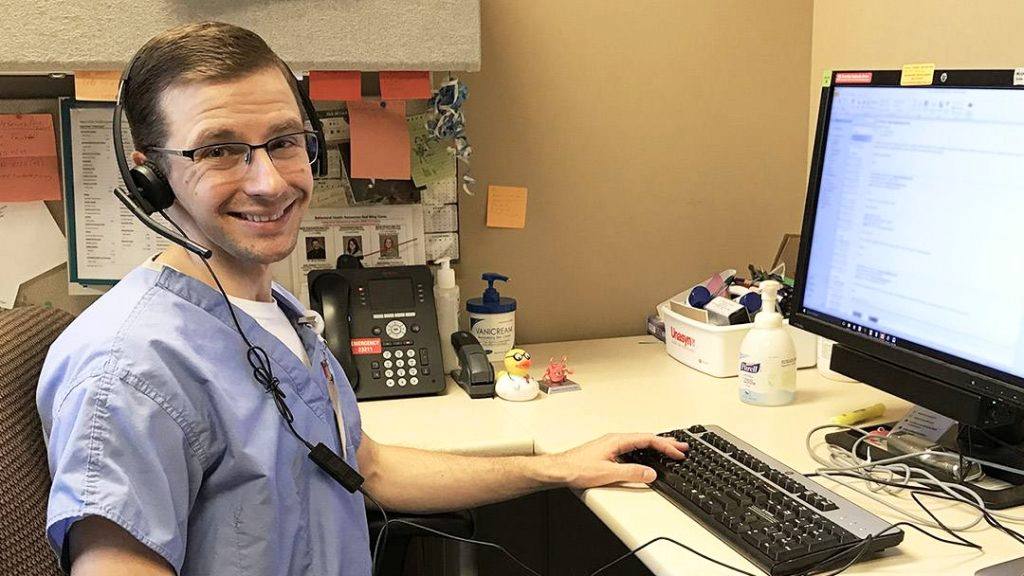-
Navigating the new world of COVID-19 with virtual appointments

As Mayo Clinic continues to prioritize keeping patients and staff safe during the COVID-19 pandemic, video appointments are helping providers see their patients while maintaining social distancing recommendations.
This article is written and contributed by the Mayo Clinic News Center
As COVID-19 continues to upend life as most people know it, Dr. Seth Gregory, a pediatrician at Mayo Clinic Health System in Red Wing, found himself in a new health care world. In this new world, there was a pressing need to make room for ways to see patients without having them come to a clinic. Video appointments offered an answer.
Video appointments have been used for several years by consultants for post-operative and medical specialty follow-up appointments. But during the COVID-19 pandemic, the need to minimize the number of patients coming to Mayo Clinic facilities while continuing to provide quality care has led to an increased need for providers to conduct video appointments for patient in their homes.
"The need to use video appointments happened so fast," Dr. Gregory says. "I knew about video appointments but never used them before. But within a week, I trained and began using video appointments to see my patients."

Also during that week, Dr. Gregory and two of his colleagues, Carrie Kern, D.O., and Brian Burroughs from Family Medicine, trained the 32 primary care providers in the River Corridor of Mayo Clinic Health System — Southeast Minnesota region in three days.
"We used the training from Connected Care and our own experiences to ensure that our colleagues knew how to conduct video appointments," Dr. Gregory says.
Positive reactions from patients
Dr. Gregory says patients are willing to schedule video appointments and respond well to this new type of appointment.
"Video appointments provide a great way to interact with my patients," he says. "I can use the chat functions and share the screen. This helps when we review medications and other electronic health care record information. And of course, I can see my patients, which is important when I need to assess a child for respiratory concerns. I can see their chest and can better determine who needs to be seen in the office or the Emergency Department or who can stay at home."
Patients need to have a Patient Online Services account to participate in a video appointment.
Dr. Gregory reminds staff to make sure patients create these accounts well before the appointment so they're comfortable using the account, whether on the internet or through the Mayo Clinic app. This also will allow time for patients to complete some required preappointment check-in processes. You can learn more about this process here.
Schedulers and other staff members have been trained in helping patients create accounts. Patients can also go here and select "Create your account."
The future of video appointments
Dr. Gregory acknowledges that the current use of video appointments serves a big role in public health and says they will continue to be an asset in the future. One drawback is not having access to a patient's vital signs, but that can be overcome, he says.
"The more people use video appointments, the more comfortable they'll become with the technology and the interactions with patients," he says.
As a pediatrician, Dr. Gregory is aware that the general recommendation for children is to limit screen time. Still, video appointments allow him to interact with his patients in ways otherwise not possible with the current pandemic.
"One of my youngest patients enjoyed crawling on his parent's keyboard and staring directly into the camera during his appointment," he says. "He may understand video technology better than his parents."
_________________________________________________
For the latest updates on the COVID-19 pandemic, check the Centers for Disease Control and Prevention (CDC) website. For more information and COVID-19 coverage, go to the Mayo Clinic News Network and mayoclinic.org.







